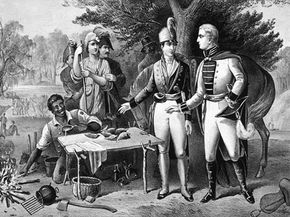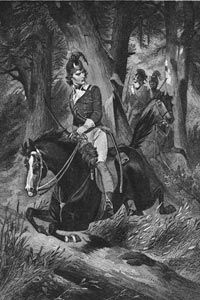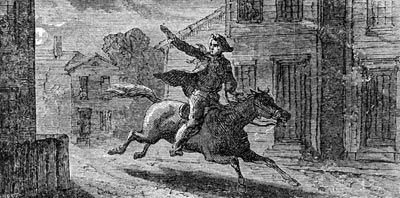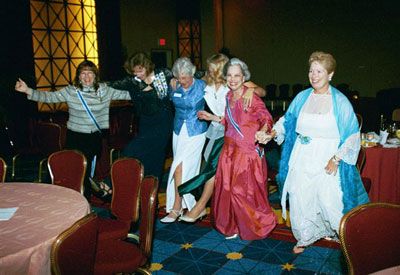In 1778, British forces fighting in the Revolutionary War feared that control of the 13 colonies was slipping from their grip. The Continental Army had won a decisive victory at the Battle of Saratoga near Albany, New York, and the fledgling government had signed a peace treaty with the French. Suddenly, the Continental Army had a new ally, and the British military decided it was time for a change in strategy.
The "shot heard round the world" that started the Revolutionary War rang out in Concord, Mass., in April 1775. Two months later, the Second Continental Congress voted to form a national military, and in July, George Washington became the commander of the Continental Army. Many such famous events surrounding that war, including the Battle of Bunker Hill and the Boston Tea Party, occurred in New England. Yet, after 1777, the British set their sights south for the new initiative.
Advertisement
Rather than tackling the Continental Army as a whole, the British planned to energize loyalists to the crown who could undermine the revolutionary forces. After concluding that the highest concentration of loyalists lived in the South, the British army captured Savannah, Ga., in late 1778, followed by Charleston, S.C., in 1780 [source: Library of Congress]. Those losses stalled the Continental Army's progress briefly, but the resulting counterattacks would serve as the first nails in the British military's coffin.
When the state-controlled South Carolina militia began to mobilize against British forces prior to the capture of Charleston, some of the fighters had already whetted their swords during the Seven Years' War (also known as the French and Indian War). That war pitted the French and British forces against each other in a duel over North American ownership. In South Carolina, colonists fought and killed Cherokee Indians who had initially united with the British.
One such colonist was a young farmer named Francis Marion, who joined the South Carolina militia to fight at the age of 25 [source: Crawford]. Like George Washington, the military experience Marion gained in the Seven Years' War would pave the way for his battlefield leadership during the Revolutionary War. In fact, Marion's earliest biographer referred to him as the "Washington of the South" [source: Weems].
Advertisement




